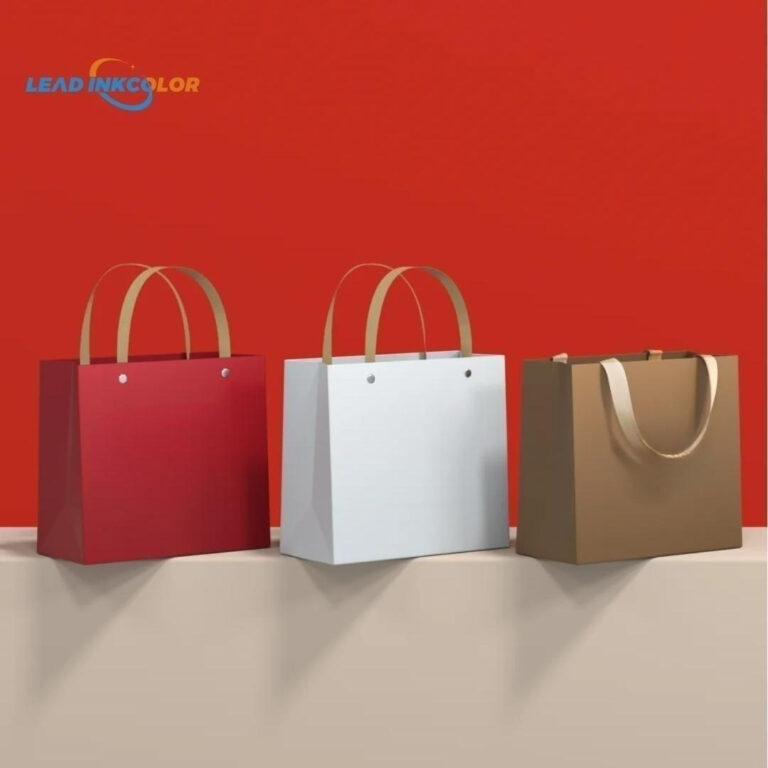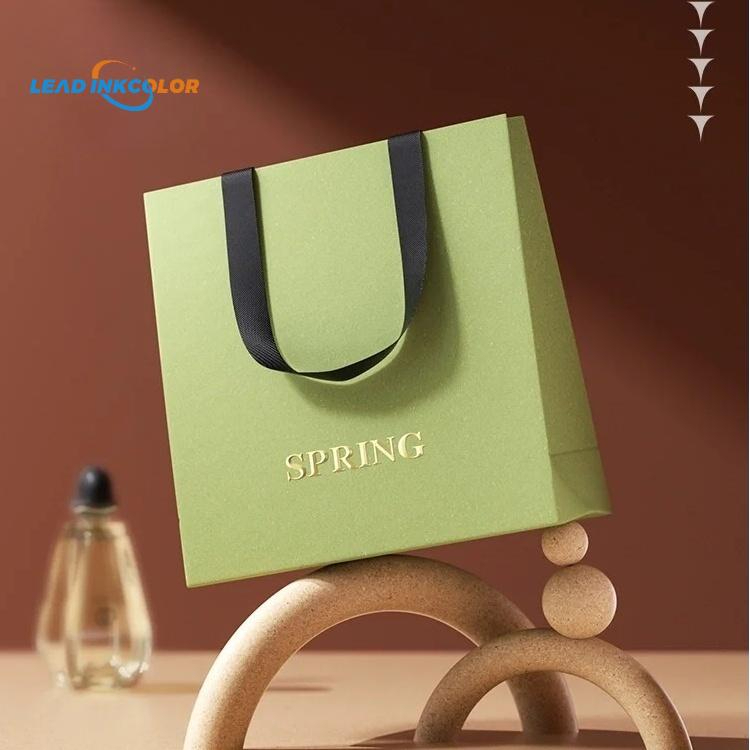-
accueil Parc industriel de Dongguan Houjie

La conception pour les sens : Emballages de parfum multisensoriels
[ad_1]
Perfume packaging is more than just a vessel to hold the fragrance; it’s an extension of the brand and an essential part of the overall consumer experience. In recent years, perfume packaging has evolved to incorporate multi-sensory design elements, engaging the consumer’s senses and creating a more immersive experience. This article will explore the benefits of designing for the senses in perfume packaging and how it can elevate the overall brand identity.
Introduction
Perfume packaging has long been the domain of straightforward design, with a focus on functionality and minimal aesthetic appeal. However, with the rise of luxury and niche fragrance brands, the landscape has shifted towards more conceptual and experiential packaging that speaks to a consumer’s emotions and senses. By incorporating elements that appeal to the senses, perfume packaging can now be a powerful tool in creating brand loyalty and customer engagement.
The Power of Multi-Sensory Design
Multi-sensory design is the art of incorporating a range of sensory elements into a design, from visual and auditory stimuli to tactile and even emotive connections. This approach can be particularly effective in perfume packaging, where the sense of smell is already a dominant part of the experience. By engaging multiple senses, perfume brands can create a more immersive and memorable experience, increasing brand recognition and customer loyalty.
One example of multi-sensory design in perfume packaging is the use of unusual materials or textures. For instance, a brand might incorporate a soft, velvety cap or a rough, organic material to add a tactile element to the design. Similarly, the use of scent-infused materials, such as fragrant woods or herbs, can create a sensory experience that extends beyond the fragrance itself.
Visual and Olfactory Harmony
The visual and olfactory senses are closely linked, and harmonizing the two can be a powerful way to create a memorable brand experience. This can be achieved through the use of bold, contrasting colors or striking visuals that complement the fragrance’s personality or theme. For example, a citrus-based fragrance might be packaged in a bright, sunny yellow or orange, while a more sensual, evening scent might be paired with a rich, jewel-toned box.
The key to success lies in understanding the emotional resonance between the fragrance and the packaging. By creating a sense of harmony between the visual and olfactory elements, perfume brands can evoke a strong emotional connection with their customers and create brand loyalty.
The Role of Packaging in Brand Identity
Perfume packaging is not just a vessel for the fragrance; it’s a reflection of the brand’s values, personality, and aesthetic. By incorporating multi-sensory design elements, perfume brands can convey a unique and compelling brand identity that sets them apart from competitors.
Audrey’s Amour, a luxury perfume brand, is a prime example of this. The brand’s packaging features unique, hand-crafted designs that incorporate natural materials and aromas, evoking a sense of exclusivity and sophistication. The brand’s use of high-quality materials and attention to detail has created a strong brand identity that resonates with customers.
Conclusion
Designing for the senses is a powerful way for perfume brands to create a memorable and engaging brand experience. By incorporating multi-sensory elements into packaging, brands can tap into a consumer’s emotions and create a deeper connection. This can lead to increased brand loyalty, customer retention, and ultimately, long-term success.
FAQs
What are the benefits of multi-sensory design in perfume packaging?
The benefits include increased brand recognition, customer engagement, and loyalty, as well as a more memorable brand experience.
How can I incorporate multi-sensory design elements into my perfume packaging?
Consider using unusual materials, textures, and scents to create a unique and memorable experience. Also, consider harmonizing the visual and olfactory senses through color and design.
What are some examples of successful multi-sensory design in perfume packaging?
Examples include the use of scent-infused materials, bold colors, and striking visuals to create a memorable brand experience.
Can I create a multi-sensory experience on a limited budget?
Yes, even on a limited budget, it’s possible to incorporate multi-sensory design elements into packaging. Consider using inexpensive materials like silk or cotton, or experimenting with scent-infused stationery items like cards or stickers.
How can I test the effectiveness of a multi-sensory design in perfume packaging?
Conducting consumer testing or gathering feedback through surveys or social media can provide valuable insights into the effectiveness of a multi-sensory design. Analyze the results to identify areas for improvement and refine the design accordingly.
[ad_2]





